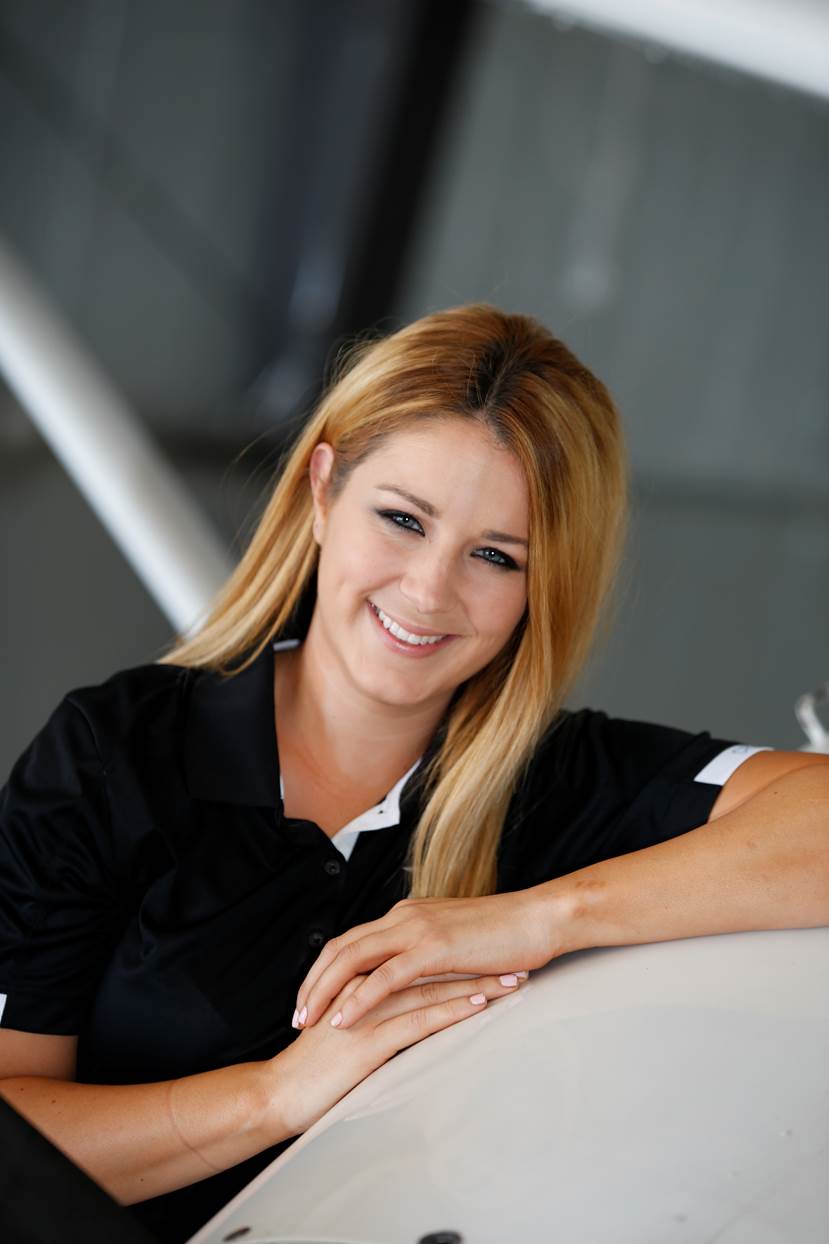Baker briefs Congress on the state of GA
AOPA President Mark Baker was among several general aviation leaders who informed Congress on the current state of the industry during a House Transportation and Infrastructure Committee hearing on July 13.
Baker highlighted several issues including GA’s improved safety record, aviation workforce challenges, airport hangar shortages, and the most pressing issue facing GA today—the need for a safe and smart transition to unleaded fuels for piston aircraft.
Baker outlined how GA weathered the storm fairly well in the aftermath of the COVID-19 pandemic, with an increasing number of aircraft taking to the skies without a compromise to safety. In fiscal year 2021, GA had the safest year ever with a fatal accident rate of 0.74 accidents per 100,000 flight hours. That followed a decadeslong trend of historically low accident rates, which have declined by about 50 percent over the last 25 years.
The hearing generated a lot of discussion on aviation workforce challenges—especially as travel woes, such as weather, air traffic control delays, and staffing issues, have come to the forefront in the news media. According to Boeing Co., numbers suggest a need for 612,000 new pilots, 626,000 new maintenance technicians, and 886,000 new cabin crewmembers over the next 20 years.
Baker applauded the committee for moving bipartisan legislation, H.R.3482, in support of the National Center for the Advancement of Aviation. The center would bring all sectors of the aviation industry together to ensure coordination and collaboration in order to maintain our nation’s competitiveness in the aviation sector, including the military; promote STEM aviation curriculum in schools; and ensure we have a qualified and trained workforce.
“The National Center for the Advancement of Aviation has the full support of the entire aviation industry as it will strengthen our aviation system by helping develop a strong and competitive workforce through collaboration. No general funds are used to support this center, but it will help all aviation sectors, including the military,” Baker stated.
He also elaborated on AOPA’s own progress on investing in aviation’s future through our four-year high school aviation STEM curriculum—a component of AOPA’s You Can Fly initiative. During the past school year alone, AOPA’s curriculum engaged more than 12,000 high school students in 44 states, sparking interest in aviation careers. Half of these students come from underserved communities and minority backgrounds, and more than 20 percent are female.
Baker also mentioned some of the growing challenges airports are facing—including the lack of hangars, with waiting lists spanning several years, and the transition to unleaded fuels.
When the topic turned to the transition to unleaded fuel, Baker warned of the enormous safety issue and dangerous precedent that Santa Clara County in California has pursued by banning the sale of 100LL at the county’s two airports before a safe transition was in place.
“This is an enormous safety issue not to mention it goes against AIP grant assurances and is discriminatory. If not addressed, this could lead to a domino effect at other airports across the country, which would devastate our industry while we work in earnest to transition to an unleaded fuel,” said Baker.
Baker also noted his position as co-chair of the EAGLE initiative (which stands for Eliminate Aviation Gasoline Lead Emissions) and discussed his intention to work with the industry, stakeholders, and the FAA with the goal of removing lead from avgas by 2030.
Baker and the GA leaders also fielded questions from the committee on topics including costs of flight training, diversifying the aviation workforce, designated pilot examiner shortages, and unleaded fuel.
In addition to AOPA, executives from the Naples Airport Authority, on behalf of the American Association of Airport Executives; Helicopter Association International; the National Association of State Aviation Officials; the National Air Transportation Association; the General Aviation Manufacturers Association; and the National Business Aviation Association also testified before the committee.




